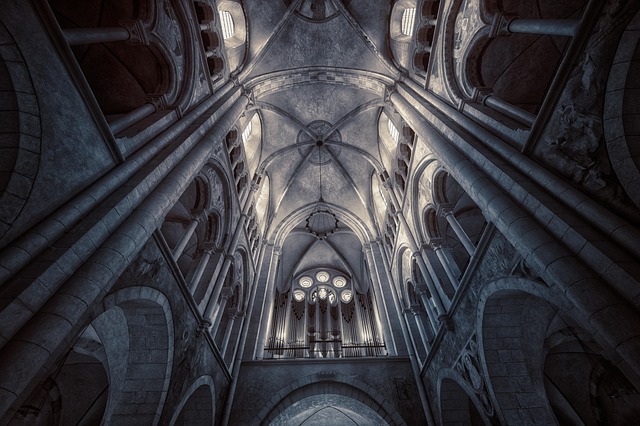Shifting Perspectives: Unlocking the Power of Composition
In the realm of composition, whether it be in writing, photography, or art, one element reigns supreme: perspective. It is more than just a visual angle or a narrative voice; it is a way of seeing the world that shapes meaning, evokes emotion, and invites deeper connection. When we shift our perspective, we unlock new layers of understanding, transforming ordinary compositions into extraordinary experiences.
Imagine standing before a blank canvas or facing an empty page, feeling the blankness echo your uncertainty. Perspective is what breathes life into that void. It guides how we frame a story or capture a scene, affecting not only what we present but also how others perceive it. A single scene, when approached from different perspectives, can tell vastly different tales—each resonating uniquely with its audience.
This power of perspective in composition mirrors life itself. We often find ourselves trapped in familiar viewpoints, unable to break free from assumptions or biases. Yet, just as shifting a camera angle can reveal hidden beauty, adjusting our mental and emotional vantage point can reveal hidden insights and spark creativity. It invites empathy, broadens horizons, and fosters innovation.
Consider the impact in writing: a story narrated by the protagonist offers intimacy and directness, while a third-person perspective allows for a panoramic view of the unfolding events. In photography, a low-angle shot might empower the subject, while a bird’s-eye view can evoke vulnerability or detachment. Each compositional choice shaped by perspective carries distinct emotional weight and conveys unique messages.
Embracing perspective as a tool rather than a limitation encourages us to experiment bravely. It challenges us to question our habitual viewpoints and to engage with the world through multiple lenses. This practice enriches our creative compositions, breathing complexity and authenticity into our work.
In art, composition is often taught as rules to follow—rule of thirds, symmetry, balance—but true mastery emerges when those rules are bent or broken through intentional shifts in perspective. It allows the creator to surprise both themselves and their audience, opening doors to fresh expressions and profound narratives.
Ultimately, perspective is not just about technique; it’s about connection. It’s about inviting others into our worldview while simultaneously stepping into theirs. When we honor perspective in composition, we unlock a powerful way to communicate, inspire, and understand—reminding us that every angle has a story worth telling.



